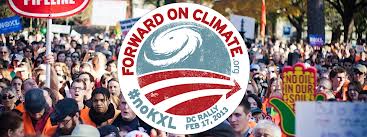Apr 12
20132
350.org / 1Sky, David Suzuki Foundation, Foundations, Greenpeace, Indigenous Environmental Network, Natural Resources Defense Council, Non-Profit Industrial Complex, Pacifism as Pathology, Pembina Institute, Rainforest Action Network (RAN), Sierra Club, Whiteness & Aversive Racism
1Sky 350.org Barack Obama Bill Ackman Bill Gates BNSF Capitalism CN Rail CP Defend Our Coast Discourse Greenpeace Hillary Clinton Keystone KL KXL Sierra Club Tarsands Warren Buffett
Keystone XL: The Art of NGO Discourse | Part I
April 12, 2013
Part one of an investigative report by Cory Morningstar
Keystone XL Investigative Report Series [Further Reading]: Part I • Part II • Part III • Part IV
Tar Sands Action & the Paralysis of a Movement – Investigative Report Series [Further Reading, September, 2011]: Part I • Part II [Obedience – A New Requirement for the “Revolution”] • Part III [ Unravelling the Deception of a False Movement]
Gloat Like Rockefeller When Watching Trains
On Nov 3, 2009, Berkshire Hathaway, the investment vehicle of Warren Buffett, announced its plan to purchase the 77.4 percent of Burlington Northern Santa Fe (BNSF) that it did not already own for $26 billion in cash and stock – the largest deal in Berkshire history. The deal, which included Berkshire’s prior investment and the assumption of $10 billion in Burlington Northern debt, brought the total value to $44 billion. Buffett remarked it was a big bet on the United States.“Buffett Says Gloat Like Rockefeller When Watching Train” – March 5, 2013
It was TO be a bet that both President Barack Obama and Secretary of State, Hillary Clinton, would ensure he DID not lose.
“There’s class warfare, all right, but it’s my class, the rich class, that’s making war, and we’re winning.”
– Warren Buffett →















